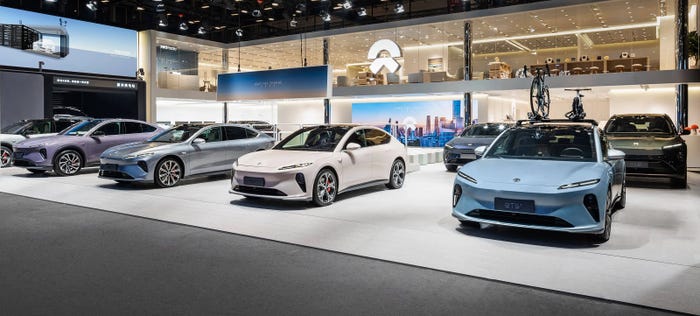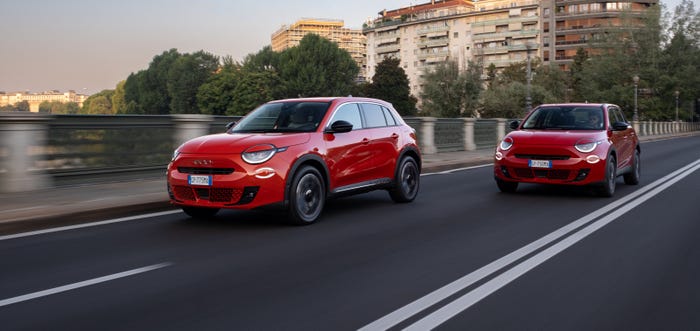Nissan 3.5L DOHC V-6
Nissan Motor Co. Ltd.’s sublime 3.5L “VQ” V-6 needs no introduction, being that it’s won a 10 Best Engines award each and every year since the competition’s inception in 1995. That the VQ has cemented itself as the dominant V-6 benchmark is without question a decade after its introduction, the VQ, amazingly, remains the admitted development target of rivals who will discuss such details. “No doubt
December 30, 2003


Nissan Motor Co. Ltd.’s sublime 3.5L “VQ” V-6 needs no introduction, being that it’s won a 10 Best Engines award each and every year since the competition’s inception in 1995. That the VQ has cemented itself as the dominant V-6 benchmark is without question – a decade after its introduction, the VQ, amazingly, remains the admitted development target of rivals who will discuss such details.
“No doubt about it, the Nissan V-6 is the 600-lb. gorilla of V-6s,” says a competing powertrain engineer. “No need to bring in a lot of different engines (for comparison), either. Power, torque, brake-specific fuel consumption, just about any attribute you’re looking at, the Nissan’s at the top of the list.”
Rarely has the industry seen such a seminal design. Equally extraordinary, subsequent generations have not lost the edge that made the original VQ variant, which displaced 3L, stand head and shoulders above its contemporaries.
Nissan 3.5L “VQ” V-6 only engine to be 10 Best winner ten years running. |
Only now are competitors beginning to approach the alluring combination of power and refinement that have been VQ bywords since its launch. Continual upgrades and detail refinements have kept the VQ at the top of the heap, particularly in terms of power and torque. Honda’s 3L V-6 – also a 10 Best Engines award winner for 2004 – surpasses some variants of Nissan’s VQ in specific output, but the VQ’s demonstrated flexibility means there are so many variants, in such a variety of vehicle applications, that the VQ’s power and specific output figures now are widely spaced.
When the VQ was enlarged to 3.5L in 2001, its story became one not only of power and refinement, but torque as well. In almost any iteration, Nissan’s VQ is a torque monster, and it generates a tidal wave of torque no other normally aspirated 6-cyl. can rival.
“The VQ absolutely hauls when you want it to,” says one Best Engines tester. “Still the best torque sensation all the way through the range.”
Indeed, one of the VQ’s most notable attributes – apart from its precise, linear and crisp throttle response – is its brawny torque production at just about any rpm. The VQ V-6 is the stoutest V-6 around – but it’s one of the most flexible, too. Regardless of what you ask of it, the VQ V-6 responds immediately. “There isn’t a hitch or hole anywhere in the powerband. The VQ V-6 generates so much torque it seems there’s always more than you need,” says another judge.
3.5L DOHC V-6
Engine type | 3.5L 60-degree DOHC V-6 |
Displacement (cc) | 3,498 |
Block/head material | aluminum/aluminum |
Bore x stroke (mm) | 95.5 x 81.4 |
Horsepower (SAE net) | 260 @ 6,000 rpm |
Torque | 260 lb.-ft. (353 Nm) @ 4,800 rpm |
Specific output | 74 hp/L |
Compression ratio | 10.3:1 |
Application tested | Infiniti G35 sedan |
Fuel economyfor tested vehicle(EPA city/hwy. mpg) | 20/27 |
If power is the ultimate aphrodisiac, Nissan’s VQ has given us all a decade’s worth of satisfaction.
Read more about:
2004 10 Best EnginesAbout the Author(s)
You May Also Like



